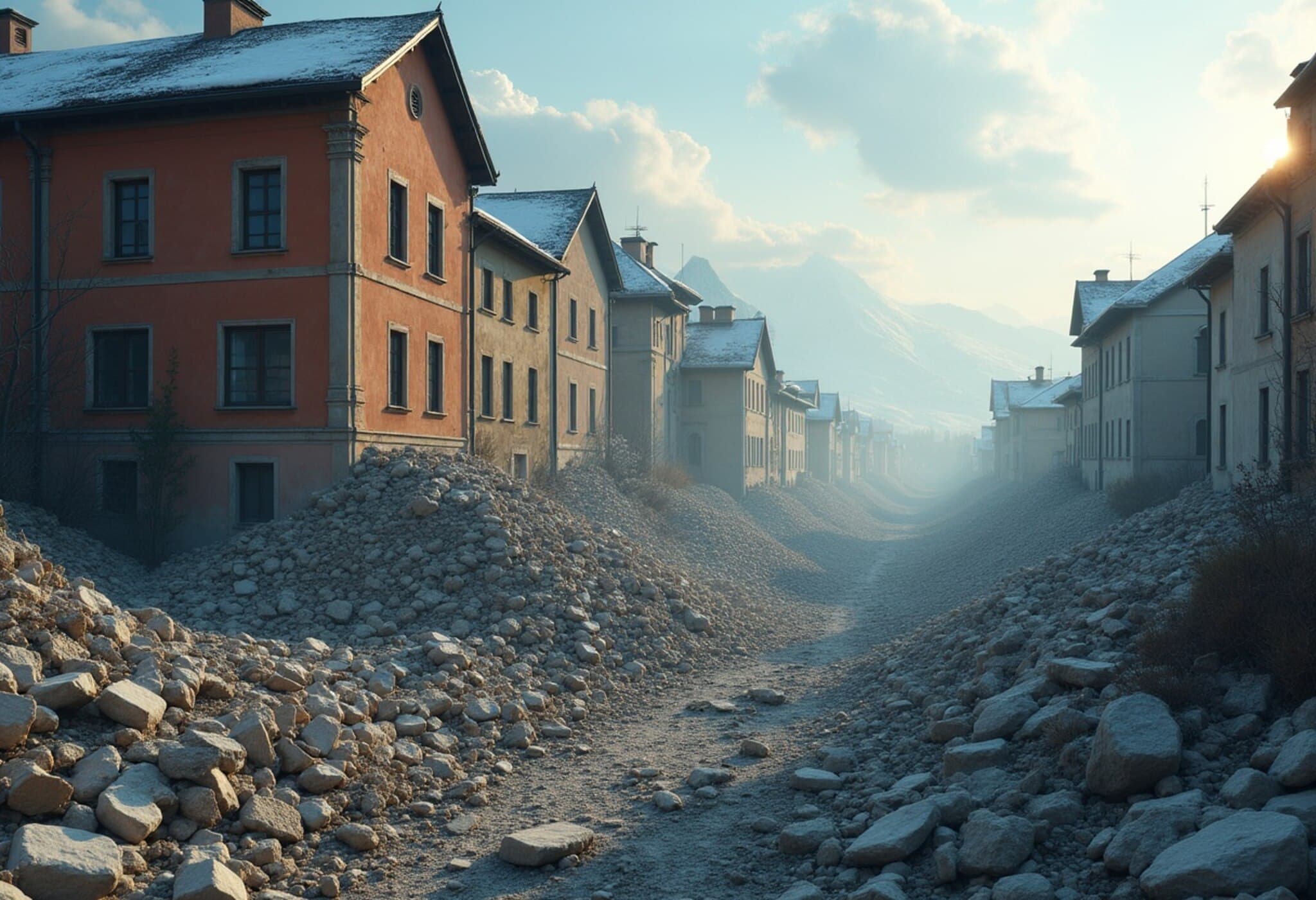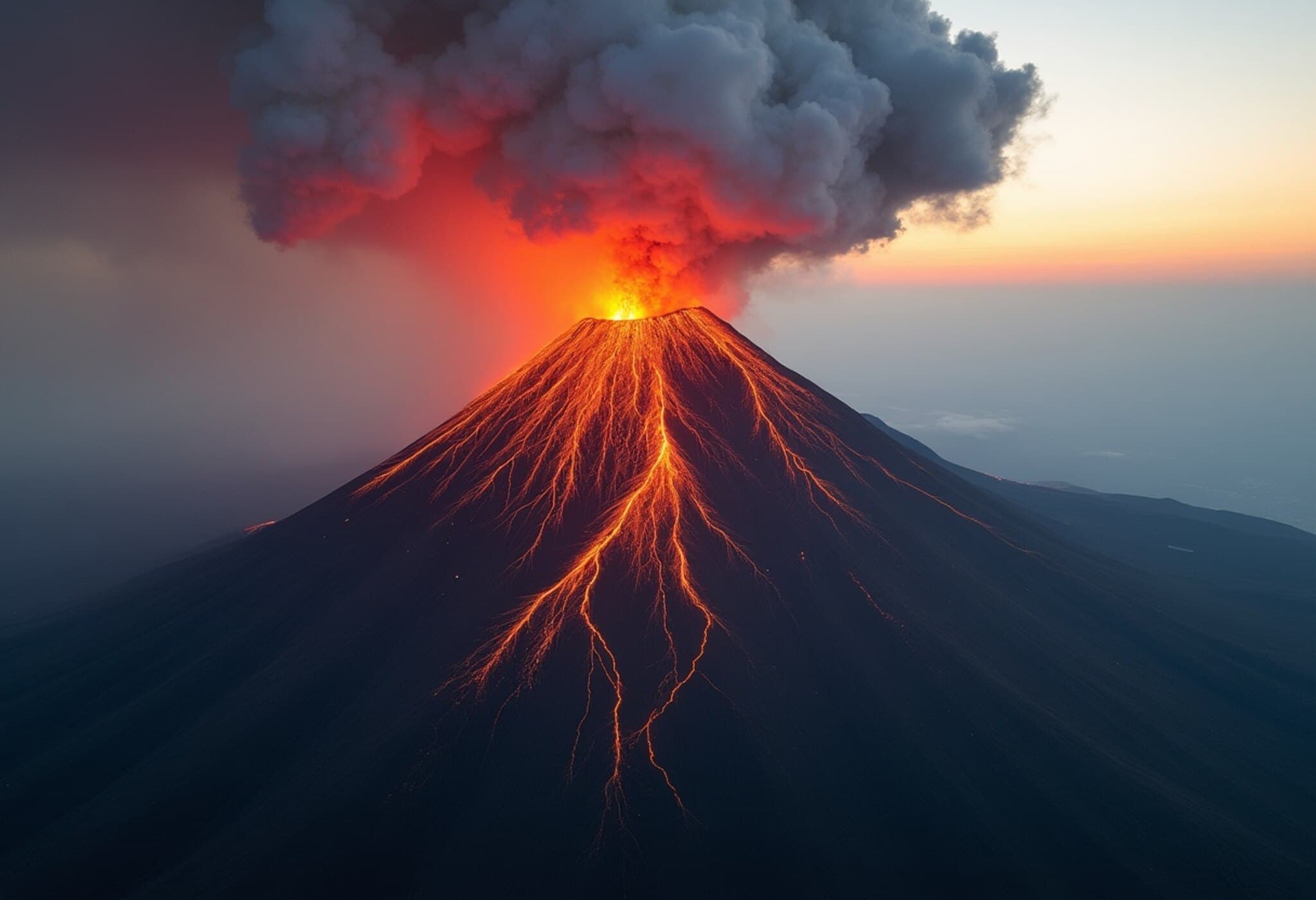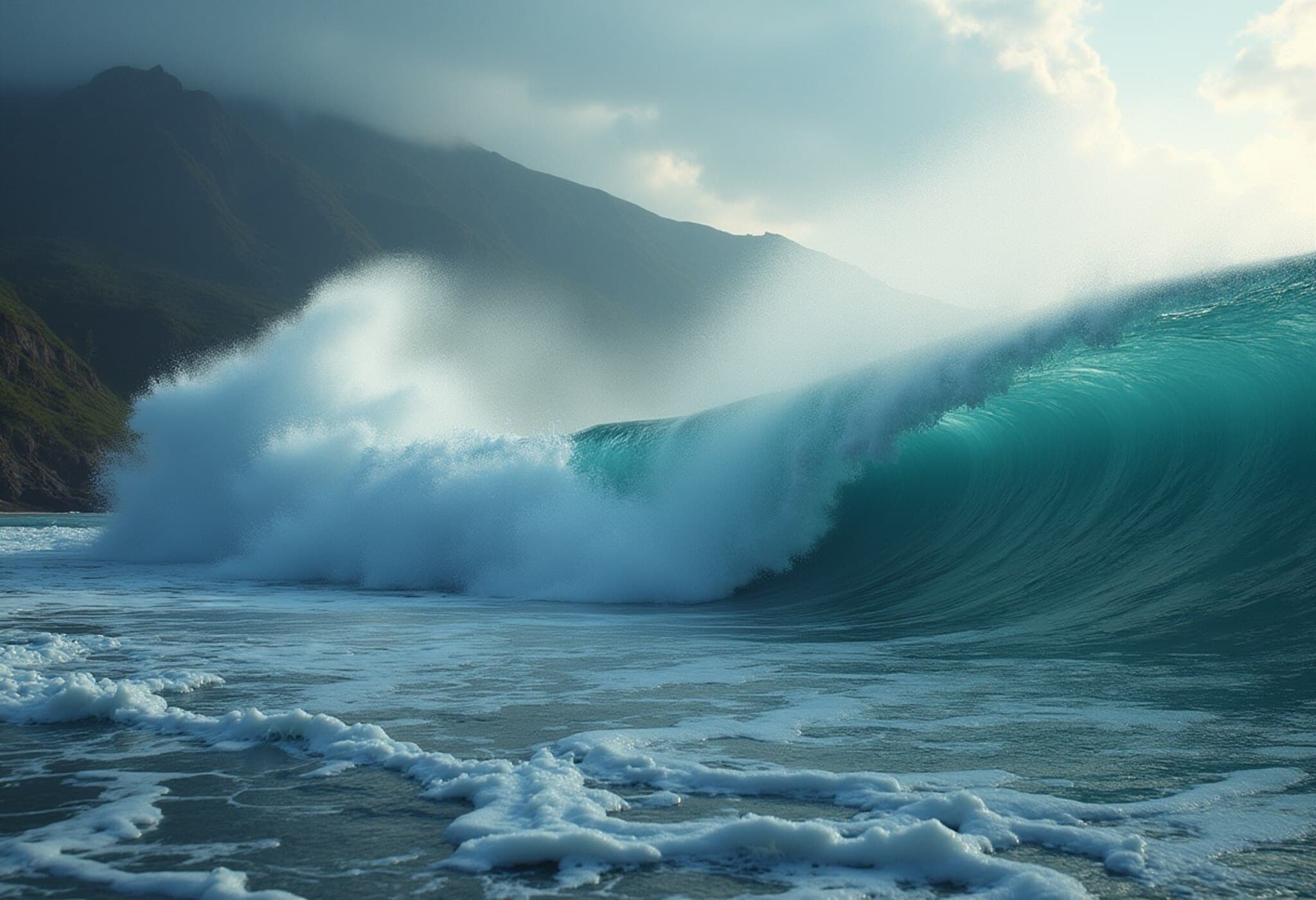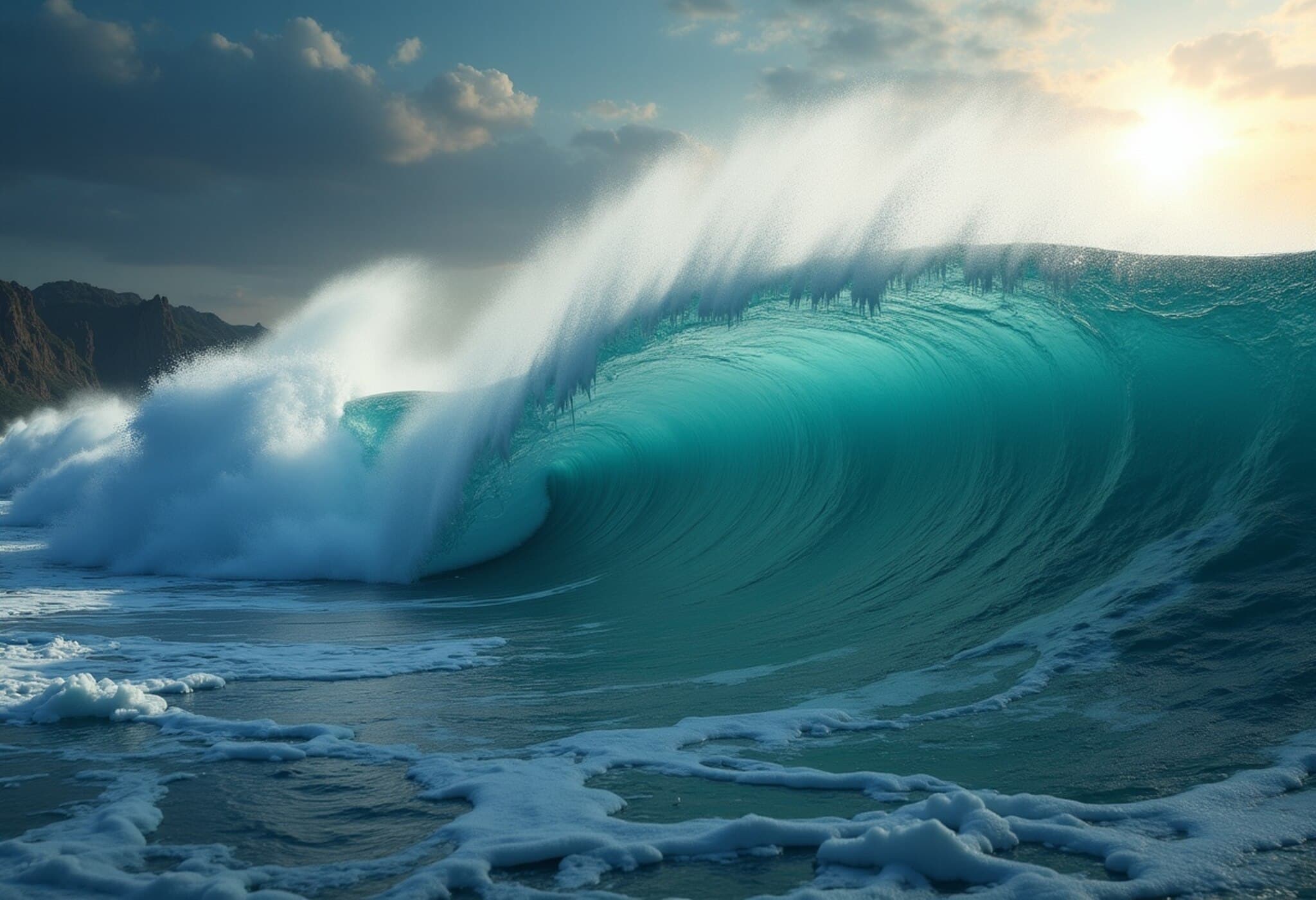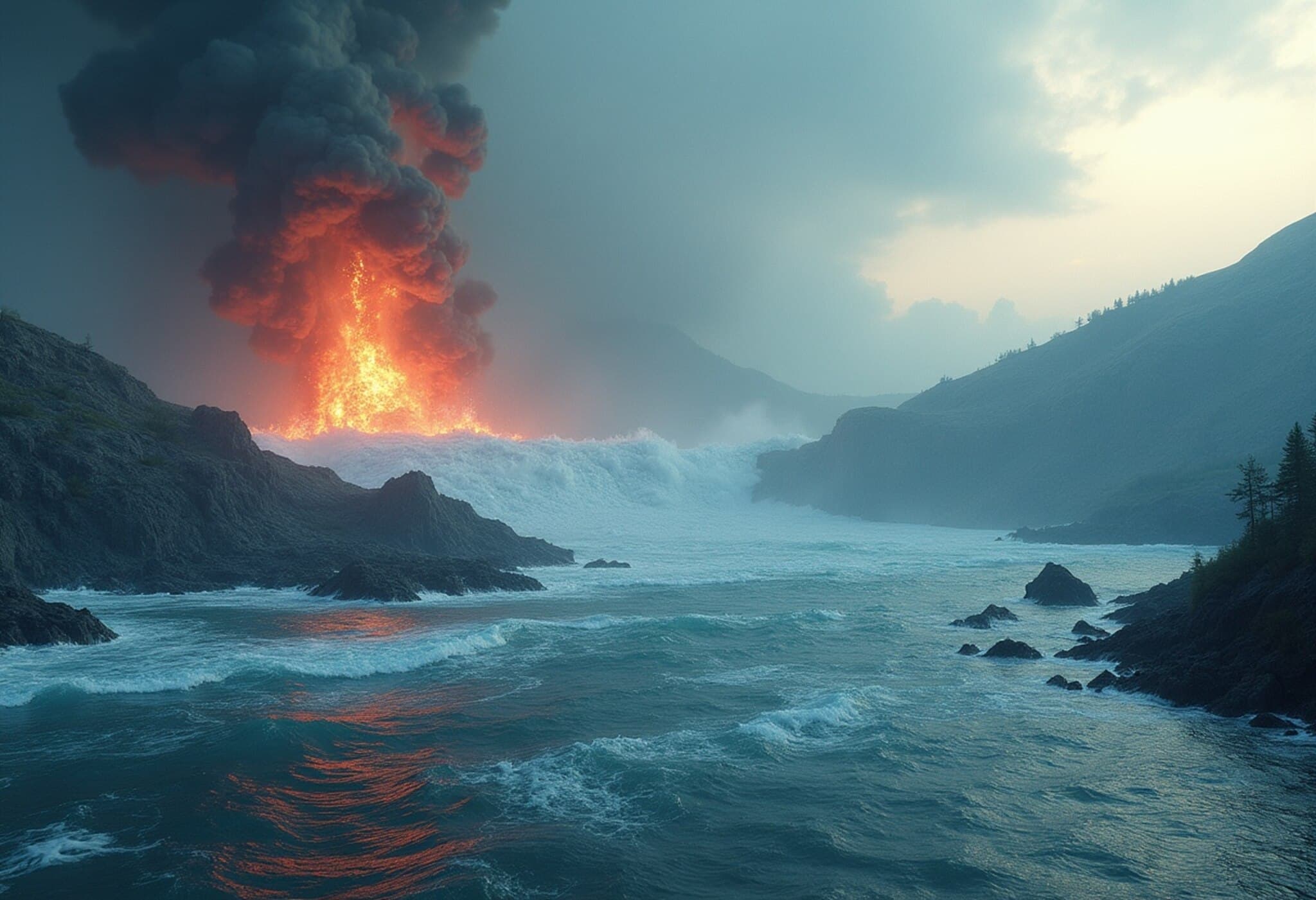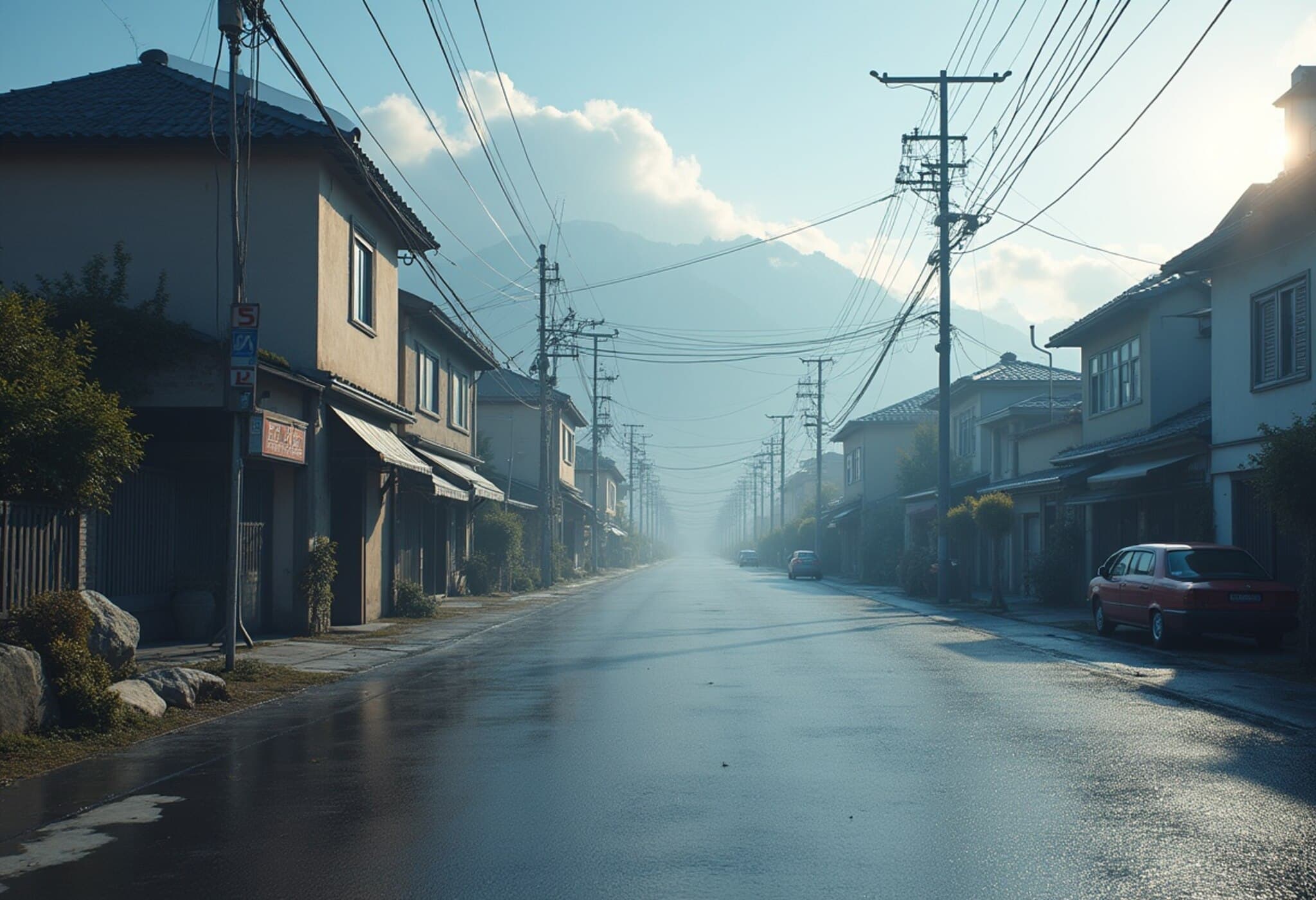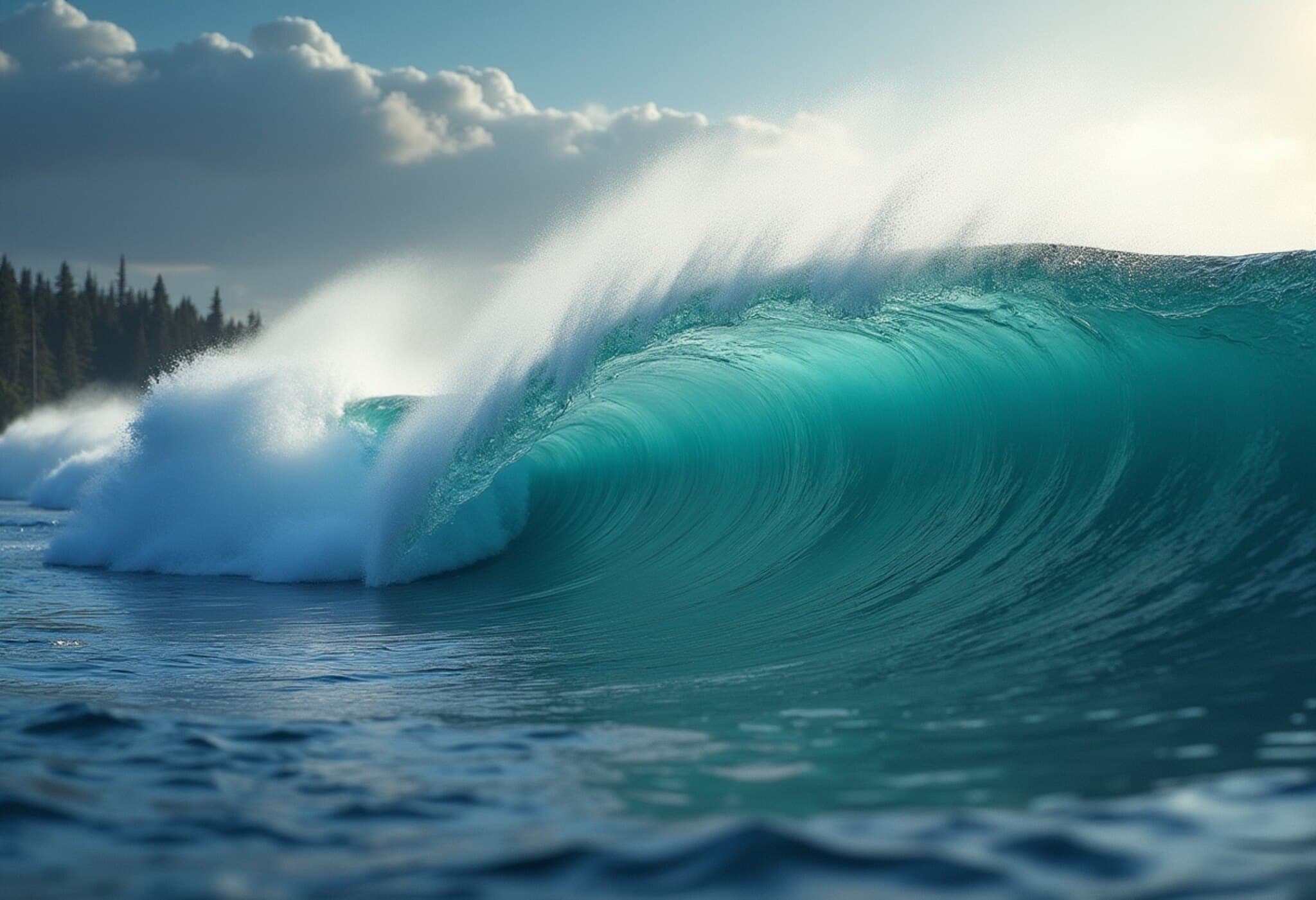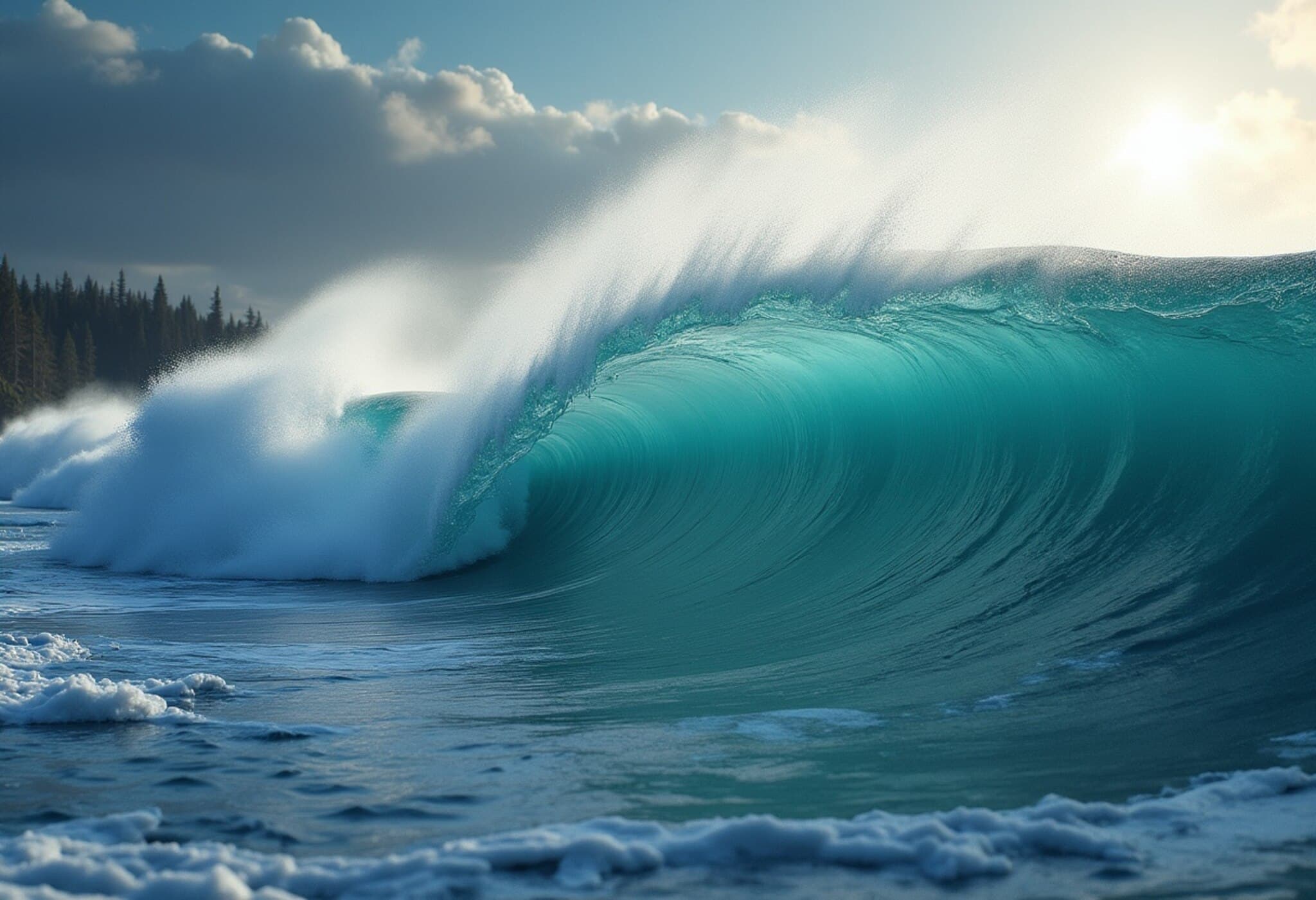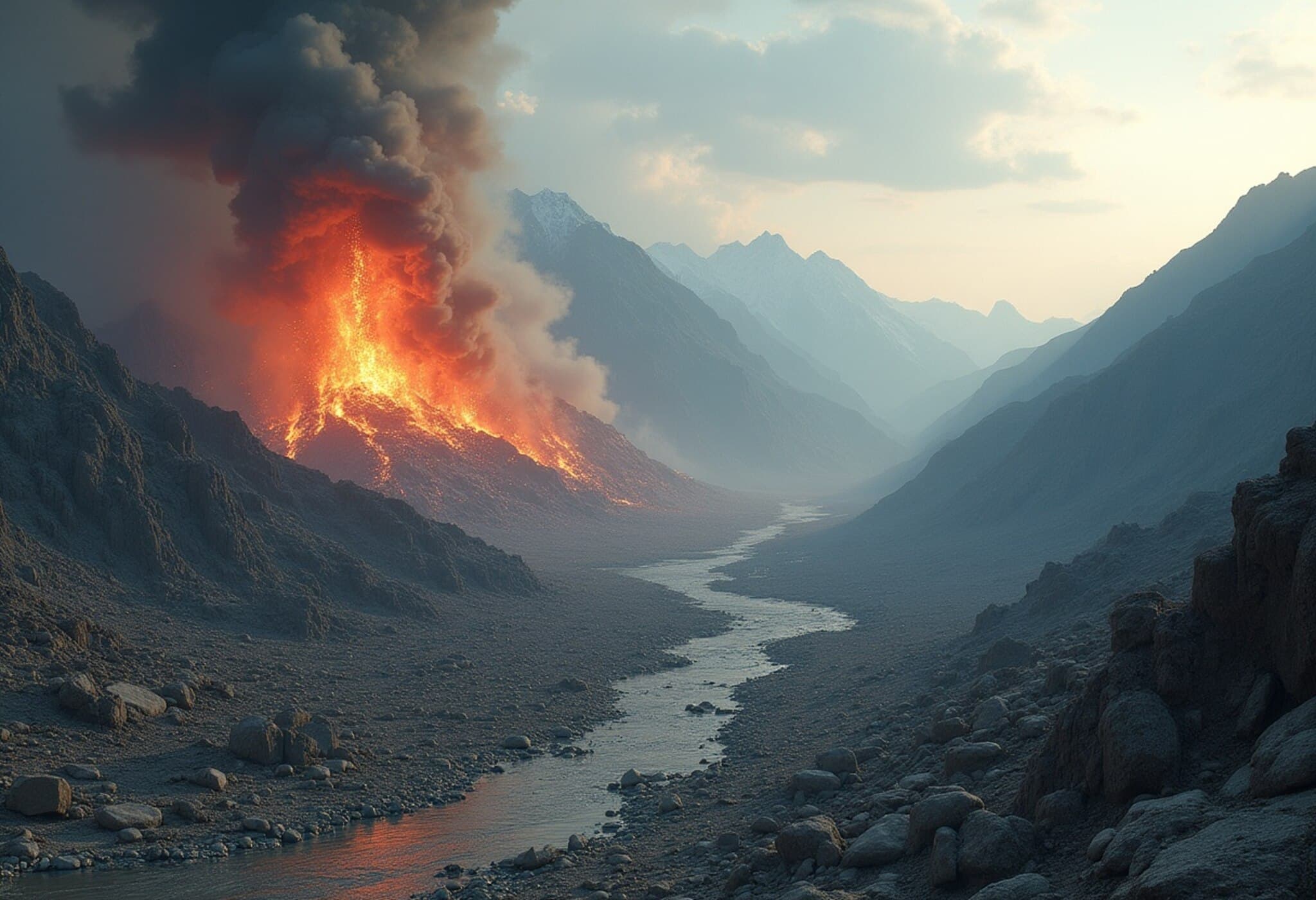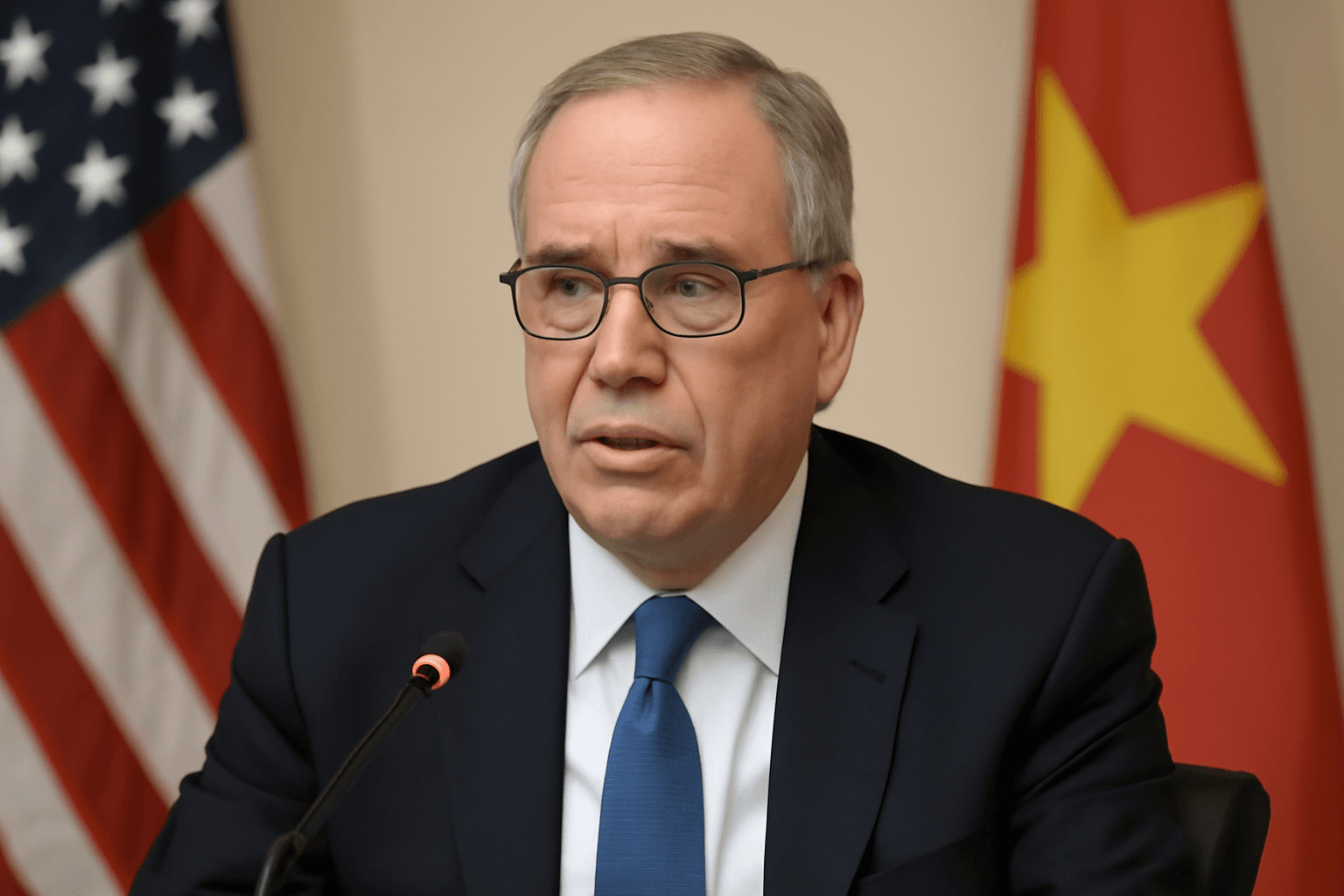Russia's 8.8 Magnitude Earthquake Sparks Global Tsunami Alerts
In the early hours of Wednesday, Russia's Far Eastern region was rocked by a staggering 8.8 magnitude earthquake, one of the most powerful tremors recorded in recent decades. This seismic event sent shockwaves across the Pacific Rim, triggering tsunami warnings in regions as far-flung as Japan, Alaska, Hawaii, and even Central America and New Zealand.
Authorities have urged vigilance, reminding coastal communities that the tsunami threat could persist for more than 24 hours. This event brings new urgency to understanding the risks posed by these massive geological upheavals—risks that transcend national borders and call for heightened regional cooperation.
The Ten Most Powerful Earthquakes on Record
To contextualize the gravity of Russia's earthquake, here’s an overview of the top 10 most powerful earthquakes ever documented, based on data from the U.S. Geological Survey (USGS). The seismic footprint of these events reshaped landscapes, altered ecosystems, and forever changed the lives of millions.
1. Valdivia, Chile – 1960 (Magnitude 9.5)
The largest earthquake ever recorded, this immense 1960 quake devastated central Chile, killing over 1,600 people primarily due to the resulting tsunami. The catastrophic impact echoed around the Pacific, highlighting tsunami risks for distant shorelines.
2. Prince William Sound, Alaska – 1964 (Magnitude 9.2)
This lengthy, nearly five-minute seismic event remains the most powerful in U.S. history. It unleashed deadly landslides and a brutal tsunami that claimed more than 130 lives, exposing the vulnerability of coastal Alaskan communities to geological forces.
3. Sumatra, Indonesia – 2004 (Magnitude 9.1)
One of the deadliest natural disasters in modern history, the 2004 Sumatra quake and subsequent tsunami took over 230,000 lives across Southeast Asia and East Africa. The devastation unveiled the imperative for robust warning systems and international aid coordination.
4. Tohoku, Japan – 2011 (Magnitude 9.1)
Beyond staggering loss of life—over 18,000 dead or missing—the earthquake triggered a nuclear crisis at Fukushima, adding a complex technological disaster to a humanitarian one. Japan's experience has since catalyzed seismic engineering and disaster preparedness worldwide.
5. Kamchatka, Russia – 1952 (Magnitude 9.0)
Though no fatalities were reported, the quake generated massive 30-foot waves that battered Hawaii's shores, underscoring how seismic events in remote areas can have far-reaching consequences.
6. Maule, Chile – 2010 (Magnitude 8.8)
Shaking central Chile for over 90 seconds, this quake killed more than 500 and inflicted severe damage on the capital Santiago. It reaffirmed Chile's standing as one of the most seismically active nations, emphasizing continuous infrastructure upgrades.
7. Esmeraldas, Ecuador – 1906 (Magnitude 8.8)
A century ago, this quake and tsunami killed approximately 1,500 people and were felt as far as San Francisco and Japan, reminding us of the global reverberations natural disasters can have.
8. Rat Islands, Alaska – 1965 (Magnitude 8.7)
Creating 35-foot tsunamis but causing minimal damage, this quake highlights the unpredictable nature of seismic events, which can lead to massive waves even when damage is limited.
9. Tibet – 1950 (Magnitude 8.6)
With at least 780 fatalities, this earthquake flattened villages and induced deadly landslides. Notably, it also provoked a dammed river to burst in India, unleashing a 23-foot wave and illustrating cross-border disaster impacts.
10. Sumatra, Indonesia – 2012 (Magnitude 8.6)
Though causing little direct damage, this earthquake stressed the same fault involved in the catastrophic 2004 quake, reinforcing the ongoing seismic risk in the region.
Expert Insights: Why These Earthquakes Matter Today
The recurrence of such megaquakes underscores the pressing need for regional and international collaboration on early-warning systems and disaster readiness, especially for Pacific Rim nations. In the context of climate change, rising sea levels may exacerbate tsunami-related damage, rendering coastal populations even more vulnerable.
Furthermore, this recent quake in Russia’s Far East is a reminder that seismic hazards are not confined to traditionally well-monitored zones. Experts recommend greater investment in seismic monitoring technologies in remote but tectonically active regions to enhance preparedness.
Looking Ahead: Building Resilience in a Seismic World
- Investment in infrastructure resilience: Earthquake-proof building codes save lives and minimize economic losses.
- Enhanced tsunami warning systems: Timely alerts can provide critical hours for evacuation.
- Public education campaigns: Informing communities about natural disaster readiness empowers individuals to act effectively.
- International cooperation: Sharing data and resources across borders enhances global response capabilities.
Editor’s Note
As Russia’s massive earthquake jolts the Pacific region, this moment compels us to reflect on the broader, often underappreciated implications of seismic events. Beyond immediate destruction, these quakes reshape economies, displace populations, and challenge governance structures. How prepared are we collectively to face the next 'big one'—and what steps can governments, scientists, and citizens take to mitigate such risks? This evolving story demands sustained attention and action.

